A shift is taking place in the choices we make about food. For generations, we’ve been influenced by taste, traditions and often our waistlines, prioritizing appearance, pleasure and personal satisfaction. But according to international advertising agency TBWA’s new Future of Food report, growing trends are putting people and our planet first.
The fascinating compilation was created by Backslash, the agency’s “culture intelligence” arm which curates culture-shaping trends across the globe for clients such as Apple, McDonald’s and PepsiCo.
Driving the trends are the new realities our planet faces and a younger demographic with a deeper interest in where things originated and where they are going. The trends are not only affecting personal choice, but disrupting industry and influencing policy – all for the greater good.
Some of the factors shifting societal change, they say, include:
Climate change. The global food system accounts for approximately one third of greenhouse gas emissions, and food is increasingly at odds with imperative climate goals. How we grow food is a key ingredient towards a more sustainable future.
Wellness. Consumers are starting to recognize the medicinal value of food, seeking nutrient-dense offerings over those void of elements that fuel us. The lines between food and pharma are also blurring, the report adds, with personalized nutrition and stress-reducing diets elevating food’s role in medicine.
Demand for transparency. Food labels have failed us, and consumers are requiring more. Brands are listening and competing to stand out with more informative, ethics-driven labels that help shoppers “put their money where their values are.”
Cultural curiosity. There is a growing trend to reconnect with our roots and young people are curious about multicultural cuisine. Social media is abuzz with YouTube channels like “Pasta Grannies,” giving traditional Italian dishes new life online. Pinterest data shows searches for traditional cuisine up over 100%, with restaurants and food festivals feeding the frenzy.
The shifts are also giving rise to new words like “regenivore,” a diet that prioritizes foods from companies practicing regenerative agriculture (nourishing our planet instead of depleting it); “mylk” as the new category of cow’s milk substitutes, and #IntuitiveEating, simply following your intuition instead of a diet plan (1.7 billion views on TikTok).
Reframing restraint
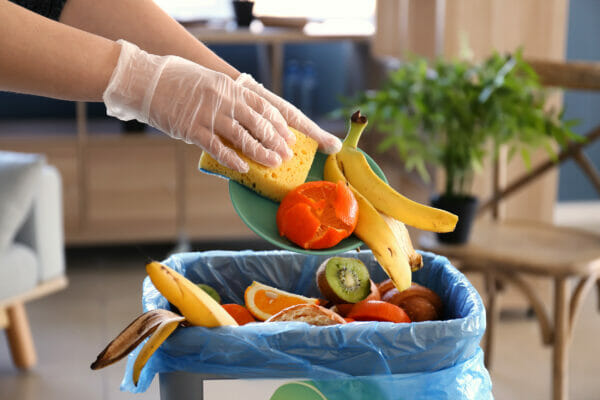
In culinary terms, restraint has always referred to giving up your favorite grub or grudgingly passing on dessert. Today, restraint is taking on a more significant meaning and driving policy and change from the top down.
Waging war on waste. This effort starts with smaller portions for individuals and expands to policy that penalizes societal food wastes. In China, where household food waste piles higher than any other country, a 2021 anti-waste law a) allows restaurants to charge diners an extra fee if they leave excess amounts of food uneaten; b) fines food service operators for wasting large amounts; and c) bans binge-eating videos. Will we see a future where we are held responsible for food waste?
Cutting back on meat. The personal choice to reduce red meat consumption spawned from science saying it’s a heart-healthy move. When considering the environmental footprint, however, meat has emerged as “public enemy number one.” Five-star restaurants and leading organizations throughout the world are putting it on the chopping block. Cambridge University stopped serving red meat on campus and cut emissions by 33% as reported in their 2020 Our Sustainable Food Journey. The Dutch city of Haarlem will become the first to ban all meat advertisements in public spaces beginning in 2024. “We can’t tell people there is a climate crisis and encourage them to buy products that are part of the cause,” says Haarlem City Councillor Ziggy Klazes.
Deforestations bans. This eco-conscious spin on restraint also requires us to consider where our food comes from and take action in an effort to implement change. At the end of last year, the EU agreed to ban the import of products linked to deforestation and are more strictly regulating select items, while German supermarket Aldi announced it would stop selling beef from Brazil to “clearly position themselves against deforestation in the Amazon.”
As the report surmises, “From monitoring waste to skipping meat, this cultural reframing of restraint will spur mindful moderation across the board; moderation not just for the sake of individual health, but for the sake of creating a healthier, well-protected planet for us all.”
Return of backyard gardens
With quarantine, COVID and a sea of uncertainty in the world, a survivalist mindset is giving rise to backyard gardens and farms in suburban and urban landscapes. Getting our hands dirty, eating organic and knowing the source of our food is good on many levels, from gut health to mental well-being. Community gardens are also growing along with shared kitchens and tables bringing neighbors together around dining experience that put time and effort above speed and convenience.
The high-tech conundrum
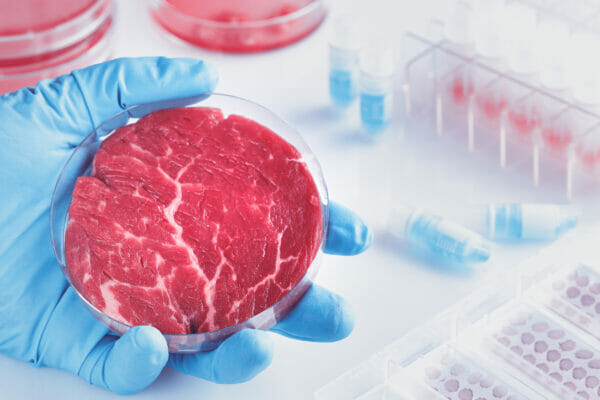
As we try to address our unsustainable commercial food system, technology is stepping in. While all-natural foods have always been considered the healthier choice than those “tainted by tech,” lab innovations are now offering options with a significantly smaller carbon footprint.
Herein lays the conundrum. According to the World Wildlife Fund’s 2022 Living Planet Report, food systems are currently responsible for 70% of biodiversity loss, and yet it is estimated that we will need to produce 56% more to feed the projected population of 10 billion by 2050.
So, what if we could grow 100% real meat without the need to raise or kill livestock? That reality is here with lab-grown proteins made by taking a small sample of animal stem cells and replicating those cells in a petri dish until they form muscle fibers that resemble real meat.
While still in its infancy stages, cell-cultivated meat is already sold legally in Singapore and is part of China’s five-year agricultural plan. In 10 years, the industry’s estimated value will be $1.99 billion.
“As we chase a brighter future,” the report says, “tech won’t just be tolerated in the food world, it will be welcomed in as essential.”
All of these global trends offer much food for thought. Change starts with each of us, while together as a community of households, restaurants, grocery stores and governments, synergistic efforts can contribute to the greater good.
To download the full complimentary version of the Future of Food report, visit
www.Backslash.com. Editorial by Lauren Del Sarto, founder/publisher of Desert Health.
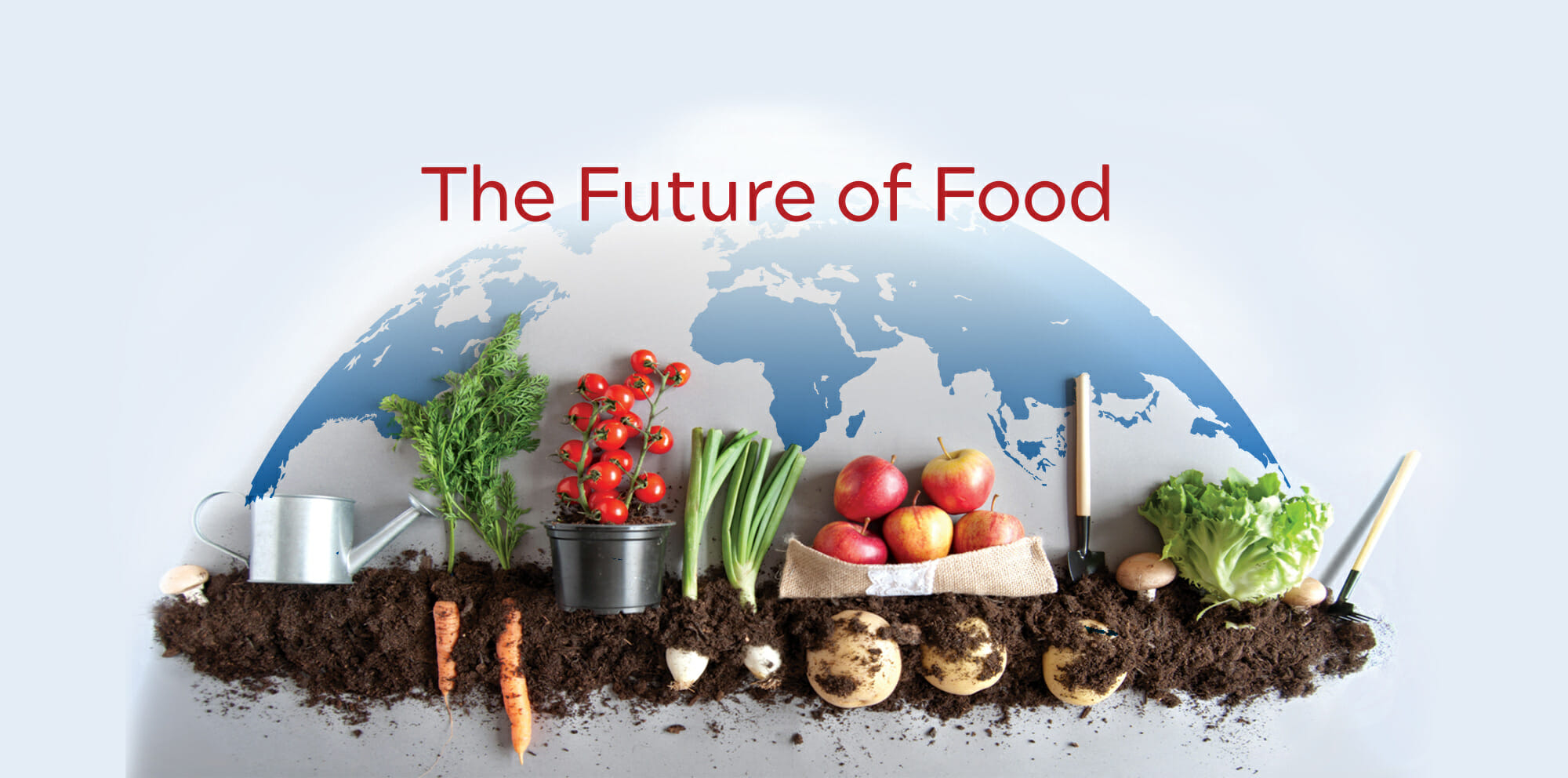







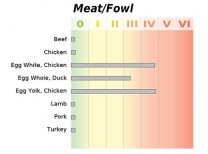








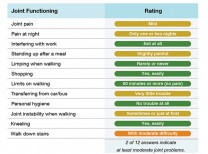
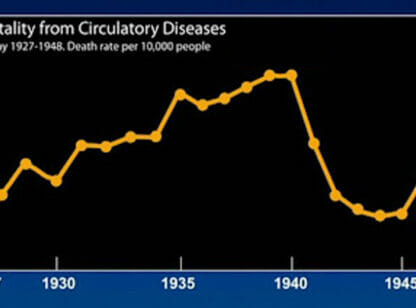




























Comments (0)